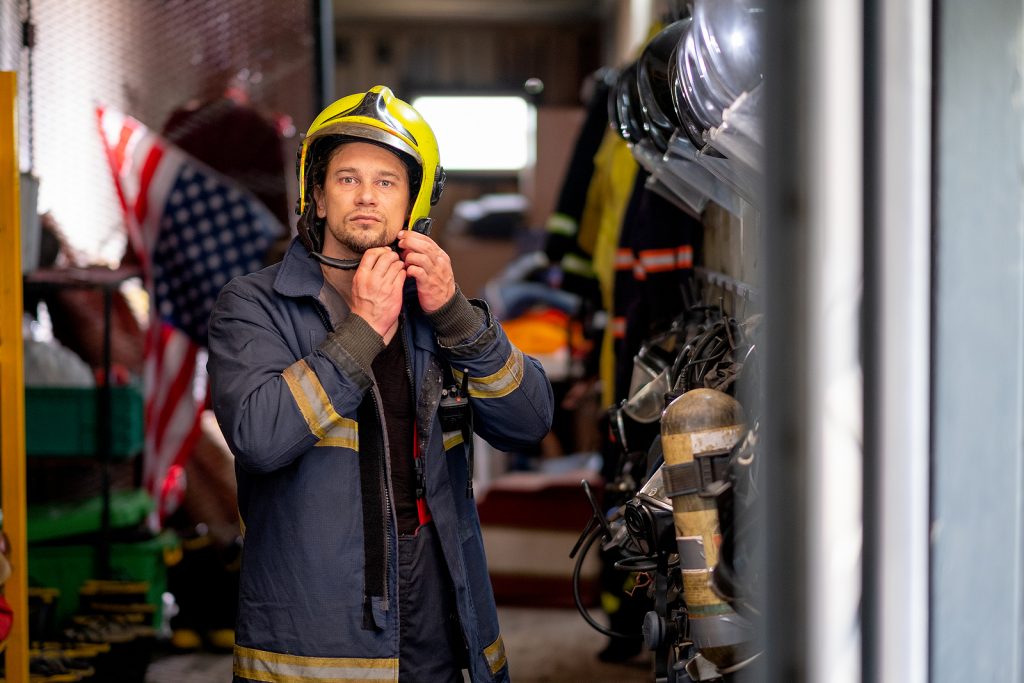Firefighter Resources
Firefighter resources have been designed to improve overall safety in fire departments. In some cases, this means we offer versions of our resources that are specific to the fire department and comply with OSHA standards.

Mandatory
Use these policies and procedures to ensure your fire department meets or exceeds IMWCA’s firefighter coverage criteria.
Performing firefighting tasks is an extremely physical endeavor conducted under extreme heat or cold conditions while wearing heavy protective gear. Due to these factors, heart attacks and aggravation of pre-existing conditions are common causes of severe injury and death to firefighters. IMWCA requires all active firefighters to pass a physical at least once every five years to determine the ability of the firefighter to perform the task that may be assigned to them on an incident scene.
This policy was created to protect firefighters while they complete tasks that require them to perform physically demanding task while exposed to extreme heat and cold. This policy ensures that individual firefighters are medically able to conduct firefighting and rescue operations for an extended period at an emergency incident scene.
Suggested Best Practices
The Bloodborne Pathogens SOP was created to protect firefighters from bloodborne pathogens while they perform firefighting duties. This policy covers what occupational exposures firefighters may have to bloodborne pathogens and how firefighters will be protected from the exposures while at work. This program also serves to help the employer and its firefighters comply with Occupational Safety and Health Administration (OSHA) bloodborne pathogens requirements as found in 29 CFR 1910.1030.
The Emergency Incident Rehabilitation model was created to help departments monitor the health of firefighters as they perform their on-scene duties. Since these tasks are strenuous and may occur in extreme temperatures, it important to provided adequate rest and rehydration during emergency operations. Medical monitoring firefighters as part of the incident rehabilitation reduces the risk of illness or injury such as heart attacks, heat exhaustion or frostbite during emergency operations.
The Confined Spaces Rescue Standard Operating Procedure was created to protect firefighters from the various risk associated with confined spaces when they are conducting rescue operations or training exercises. This Standard operating procedure covers what occupational exposures firefighters may have and how firefighters will be protected from the exposures while performing rescues. This standard operating procedure also serves to help the employer’s and its employees comply with Occupational Safety and Health Administration (OSHA) Confined spaces entry requirements as found in 29 CFR 1910.146.



